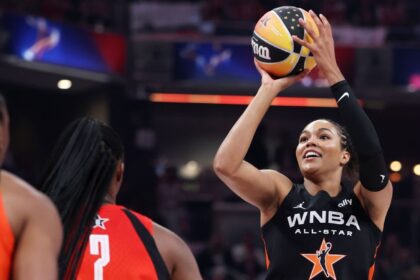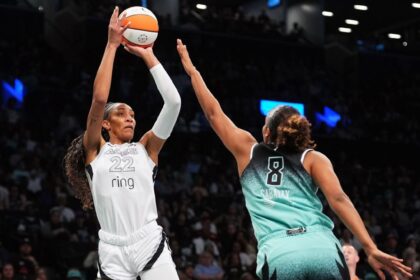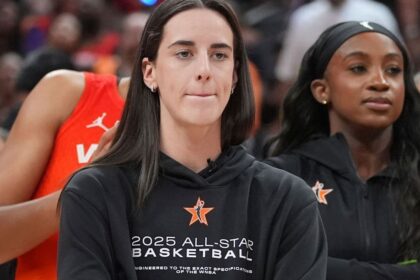In the realm of labor negotiations, the management figure is often perceived as the “tough guy” or the “villain” amidst disputes. However, NBA Commissioner Adam Silver and WNBA Commissioner Cathy Engelbert, along with the league’s owners, have attempted to reframe the current WNBA collective bargaining process, presenting it as a joint effort with similar goals: the continued growth of the league and the prosperity of the players.However, the players’ association has adopted a more aggressive stance, seeking public opinion and criticizing the league’s negotiation tactics, with executive committee member Napheesa Collier of the Minnesota Lynx specifically pointing out Engelbert’s leadership.In recent weeks, the WNBA has begun to respond to some of the union’s claims, defending management’s position. With WNBA franchise valuations reaching record figures in recent years, a new television deal starting in 2026, and expansion to 18 teams by 2030, the league appears to be at its financial best since its launch in 1997.The management’s perspective in these negotiations is that the league must continue its financial growth to become a profitable business, while also rewarding the players as the main agents of that growth.The initial deadline for the collective bargaining agreement (CBA) of October 31st was extended by 30 days until the end of November. Now, we are almost halfway through that period. Amid ongoing negotiations, what’s at stake for the players in the next CBA was analyzed. Here, we analyze it from a management perspective.
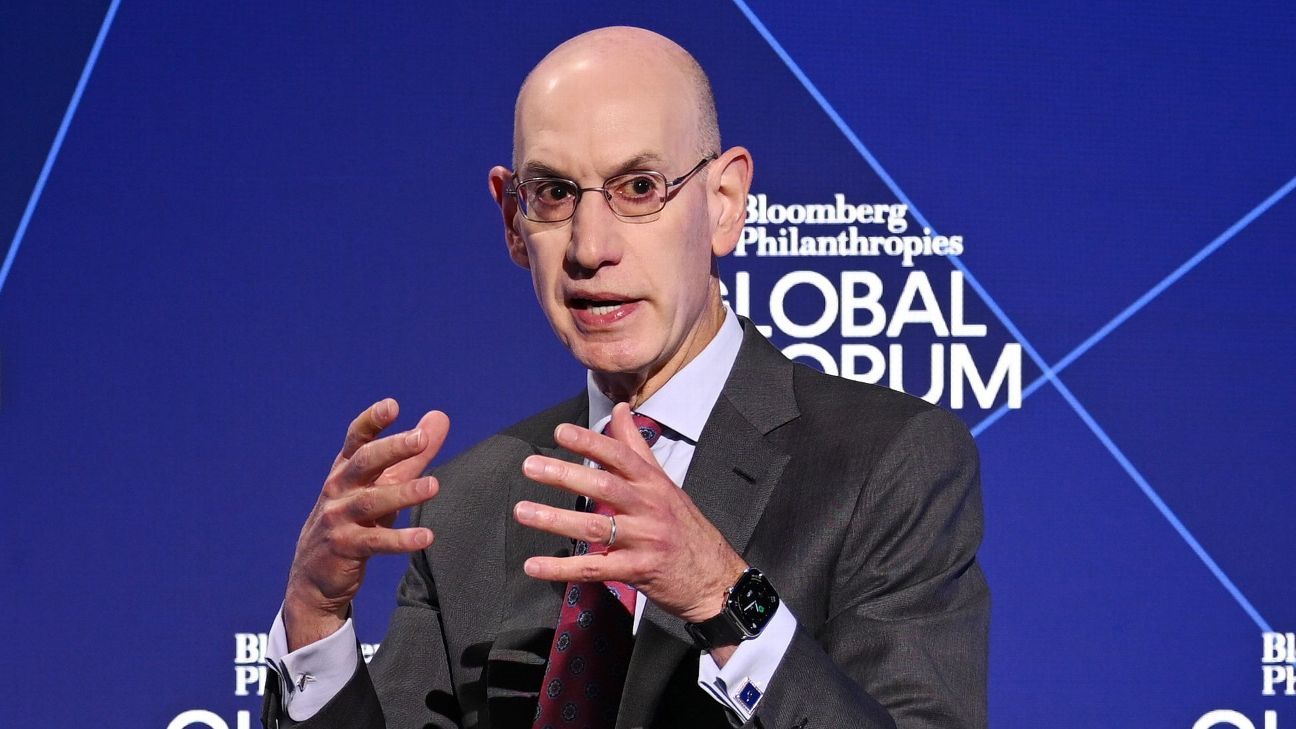
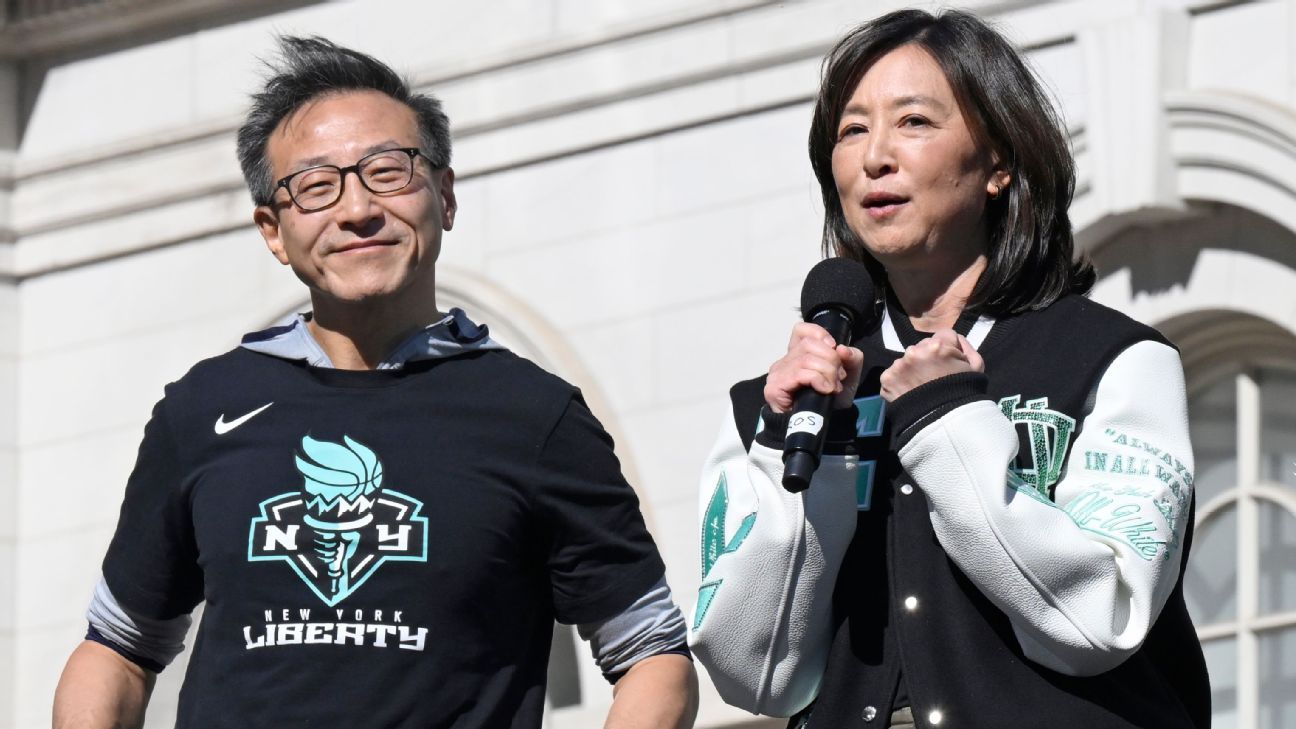
Billionaire Owners
Key examples: New York Liberty, Phoenix Mercury
There are two tiers of owners in the WNBA: millionaires and billionaires. Within those two tiers, there’s a notable difference in their willingness to spend. Joe Tsai, owner of the New York Liberty along with his wife Clara Wu Tsai, has never hesitated to provide what he deems necessary to turn the Liberty into a world-class franchise. He spearheaded the push for charter flights, and before that was allowed by the WNBA, he did it anyway during the 2021 season (and was subsequently fined $500,000 for chartering flights and other violations of league rules).Joe Lacob (Golden State Valkyries), Mark Davis (Las Vegas Aces) and Mat Ishbia (Phoenix) are in this same category: owners willing to shell out the money to get higher returns.They are the owners who also own NBA teams or other professional sports teams, whose WNBA teams play in NBA or larger-scale arenas and have state-of-the-art facilities.When it comes to the CBA, they might be willing to agree to give the players a larger portion of the revenue pie because they are confident in the money they will continue to make from attendance, jersey sales, and other sources of income. In October, a source told ESPN that these owners really see the WNBA, like the other teams they own, as an investment business. As long as the product continues to generate money, the owners will invest in it at higher levels.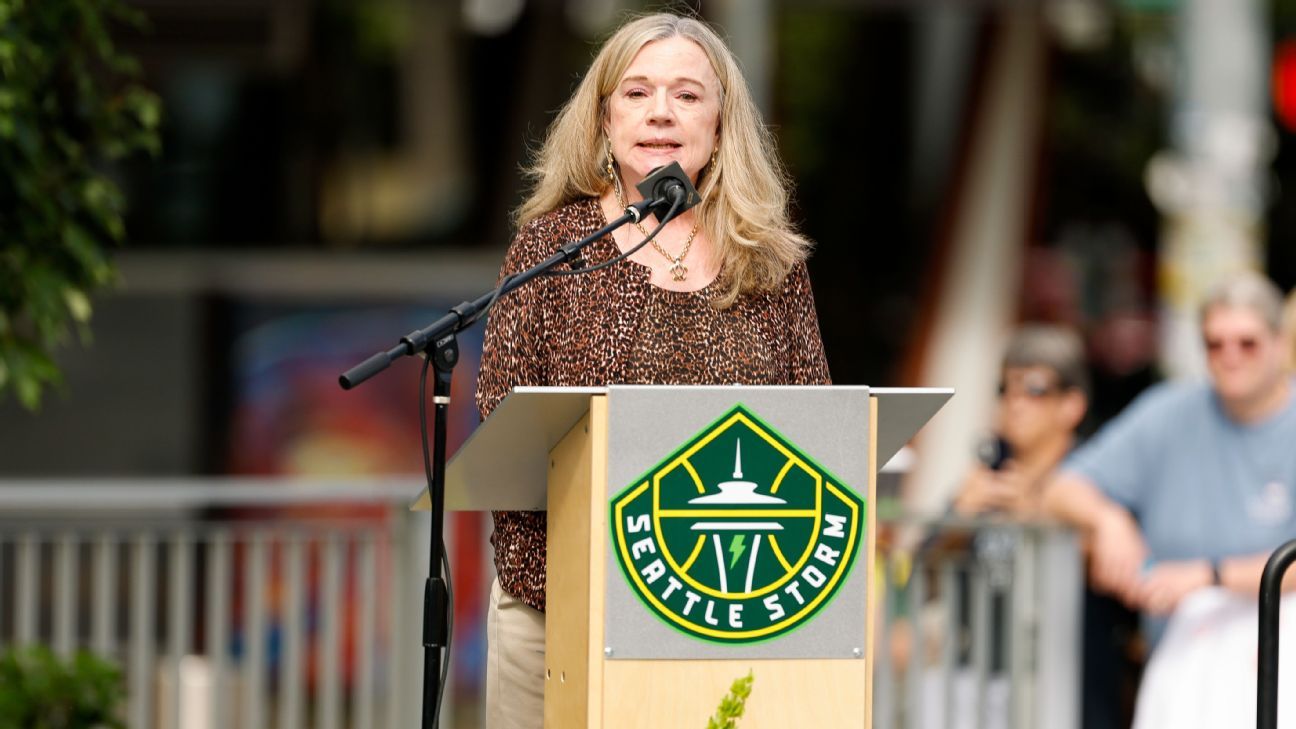
Independent Owners
Key examples: Seattle Storm, Connecticut Sun
These owners helped keep the WNBA afloat when NBA owners lost interest after the league’s first few years. A group of season ticket holders kept the Storm in Seattle when the NBA’s SuperSonics moved to Oklahoma City. The Mohegan Tribe was the first independent operator of the WNBA, moving the Orlando Miracle to Connecticut in 2003.Once a key voting bloc, independent owners are now outnumbered as NBA owners have seen the renewed financial potential of women’s basketball. Even the potential sale of the Sun has been complicated by the WNBA’s desire to prioritize bidders from the league’s most recent expansion round, which saw the three teams (Cleveland, Detroit, and Philadelphia) awarded to NBA groups.Given their more limited resources, independent owners are, understandably, more focused on limiting expenses and maintaining a level playing field. They also have the strongest argument for recovering the losses they have incurred in operating their franchises when the WNBA’s revenue streams were not as strong.At the same time, that shouldn’t be confused with a lack of investment. The Storm used a capital raise to build the league’s second WNBA-specific practice facility, which opened in 2024 and remains state-of-the-art.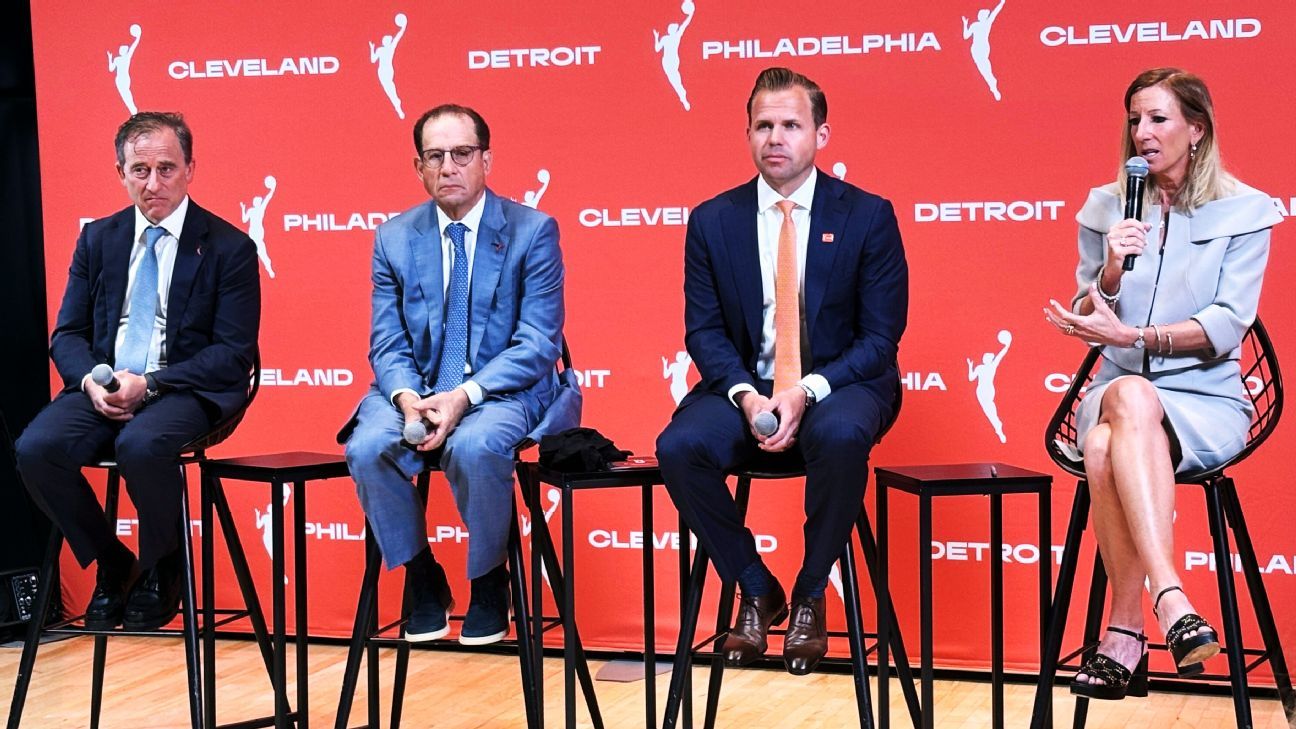
Expansion Teams: Portland Fire, Toronto Tempo, Detroit, Cleveland, Philadelphia
After the Valkyries had a historically successful debut season for an expansion team, there are five more newcomers waiting in the wings.A few years after Mark Davis paid only $2 million to buy the Aces franchise, the new parties have paid exponentially more to get on the WNBA’s growth train. The most recent expansion fee for the Detroit, Cleveland, and Philadelphia franchises, whose ownership groups also own NBA teams in those respective cities, was $250 million, not including investment in practice facilities. (The WNBA teams in Toronto and Portland have connections to the NBA, but do not share the same ownership group).The expansion teams most eagerly awaiting a new CBA are the Portland Fire and the Toronto Tempo, who will have their inaugural seasons in 2026. The rules for the upcoming two-team expansion draft must be collectively bargained, so those franchises will not be able to build their rosters until a new agreement arrives.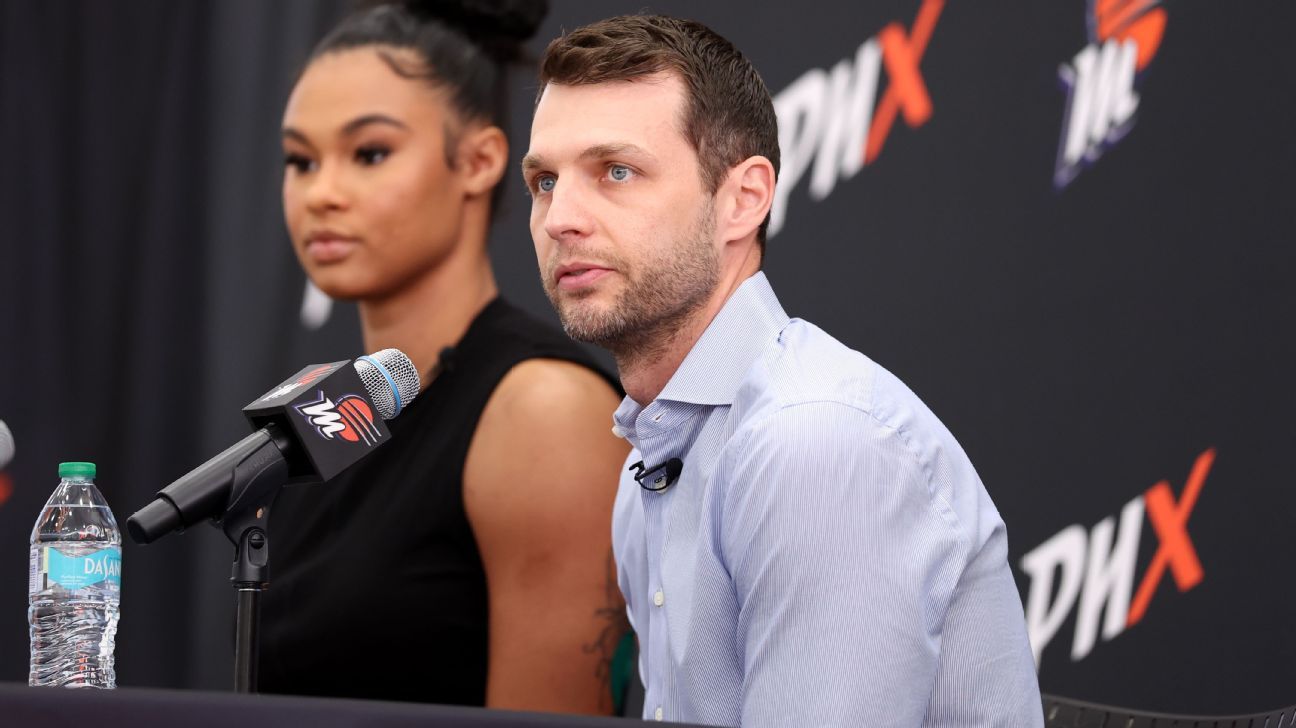
General Managers
Key examples: Jonathan Kolb, New York Liberty; Ohemaa Nyanin, Golden State Valkyries; Nick U’Ren, Phoenix MercuryGeneral managers are not specifically represented at the table, but the rules established in the CBA help regulate the construction of the roster, as well as the financial division between owners and players. In particular, executives, who are much more important than in 2020, as the general manager position has become a full-time job instead of a role also performed by the head coach, will be watching to see how much more flexibility the new CBA might give them.In a way, the WNBA’s strict salary cap has actually forced more difficult decisions than in the NBA, where teams can spend above the cap to retain their players. On the other hand, however, there are no exceptions to use, and the strict salary cap in the WNBA can make it more difficult to complete mid-season trades. Deals have become increasingly common in recent years, but there is no comparison to the successful NBA trades that generate excitement for the playoffs.Limiting the number of protected salaries per team is a restriction that seems to have outlived its usefulness. In a peculiarity, the MVP runner-up, Collier, played on a non-guaranteed contract during this season to prevent the Lynx from violating that rule.In the short term, general managers also need to know how the WNBA will handle the upcoming expansion drafts, starting with Portland and Toronto this season. With almost all league veterans reaching unrestricted free agency, allowing teams to protect six players, as was the rule for last year’s Golden State expansion draft, could leave the Fire and Tempo with few good options.







